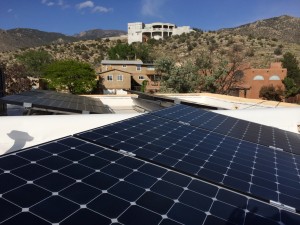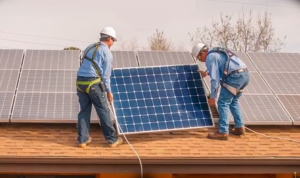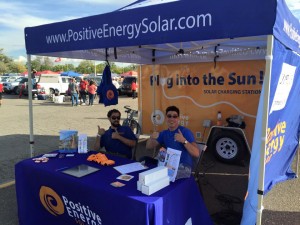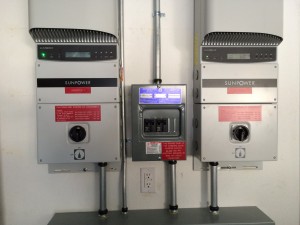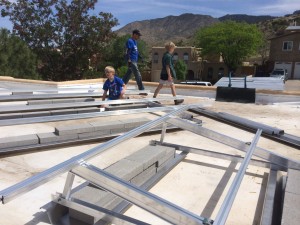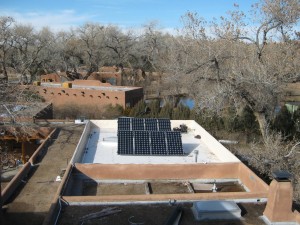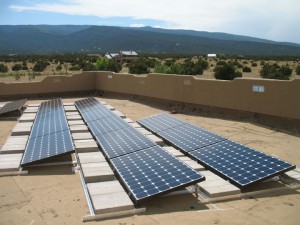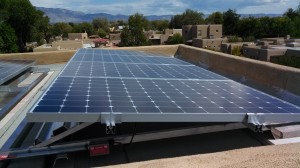 Located in the super-convenient gated community of Altura Village, this home will WOW you as soon as you open the front door. Greeted by newer, premium flooring, the wood planks lead to a chef’s kitchen with stainless steel appliances, gas stove & granite counter tops (also in the 3 bathrooms). Follow the wood flooring up the stairs bathed in natural light to the spacious Master Suite. The Suite enjoys a nice walk-in closet, double sink & beautifully tiled shower. This home is as practical as it is gorgeous: in 2016 the seller installed a fully-owned 2.12 kW solar system & don’t even get me started on the location!…Mere minutes to UNM, Nob Hill, shopping, the freeway & your own private park and playground, it will delight families of all ages and sizes!
Located in the super-convenient gated community of Altura Village, this home will WOW you as soon as you open the front door. Greeted by newer, premium flooring, the wood planks lead to a chef’s kitchen with stainless steel appliances, gas stove & granite counter tops (also in the 3 bathrooms). Follow the wood flooring up the stairs bathed in natural light to the spacious Master Suite. The Suite enjoys a nice walk-in closet, double sink & beautifully tiled shower. This home is as practical as it is gorgeous: in 2016 the seller installed a fully-owned 2.12 kW solar system & don’t even get me started on the location!…Mere minutes to UNM, Nob Hill, shopping, the freeway & your own private park and playground, it will delight families of all ages and sizes!
4340 Altura Vista Lane NE Fabulous Features: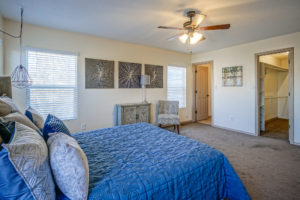
- Approximately 1411 square feet
- 3 Bedrooms/3 Bathrooms
- 2 Car Garage
- Countertops in kitchen and bathrooms with premium Granite
- Stainless Steel Appliances in Kitchen
- Newer Premium Wood Flooring throughout bottom floor, stairs and hallway
- Fully-owned 2.12 kW solar system installed in 2016
- Great gated community location near UNM, Nob Hill, Uptown and freeways
- Gated community has its own central park for the kiddos
Contact Sutter or Linda of The Sugar Team (505) 850-9977 for a private showing and check out the virtual tour below:
